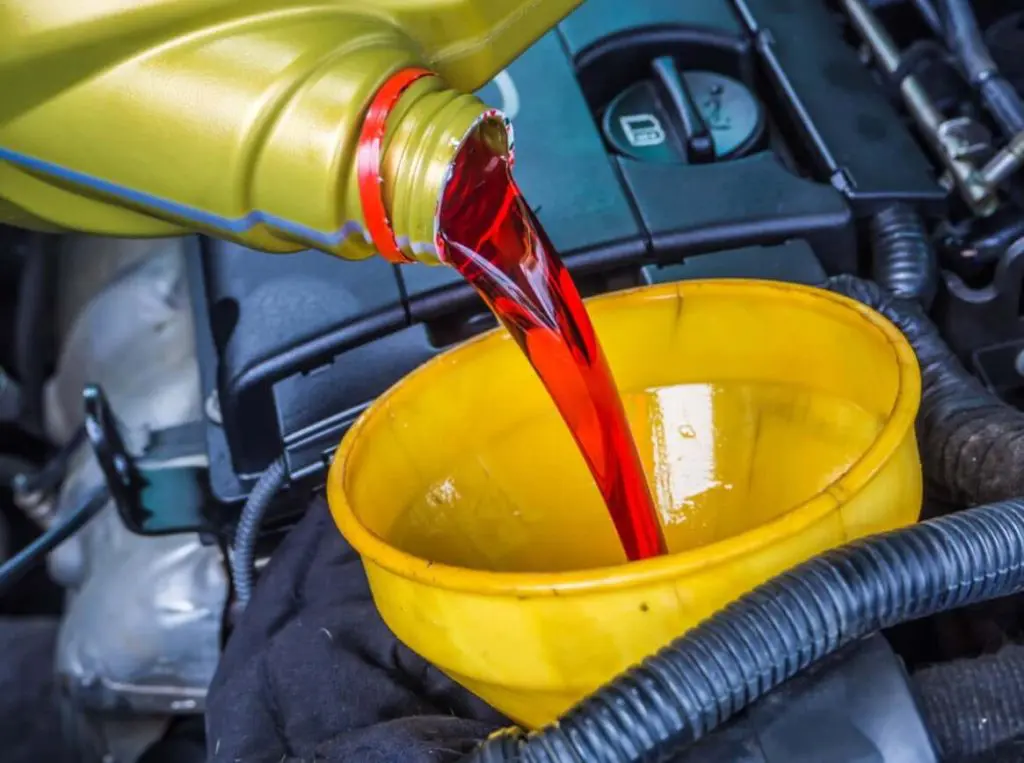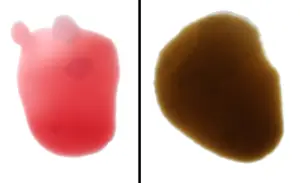The transmission is one of the most important parts of your vehicle. Transmission is responsible for the ability of your car to run. Either automatic or manual, your transmission needs effective maintenance with the passage of time.
What is Transmission Fluid
Whenever you bring your car for maintenance at any garage, your transmission and transmission fluid inspection is always included in it. As highlighted earlier, the transmission helps the car to run
However, it is the transmission fluid that helps smoothen the operations of your car’s transmission. That is why technicians check the transmission fluid to ensure proper maintenance. The transmission fluid, like other fluids of a vehicle, is responsible for keeping the transmission parts cool and working.
What is Transmission Fluid’s Purpose
Just like transmission, transmission fluid is an important part of your vehicle. It helps minimize grinding between the gears as well as collects debris coming from fuel and air. When the oil goes bad, the friction between the gears increases.
This causes less acceleration with excessive heating. This causes damage to the vehicle parts, which can result in its breaking down.
When To Change Transmission Fluid?
It is cheaper to change your transmission fluid than your motor oil. The reason is that engine oil has to be changed every 3000 to 5000 miles. However, your vehicle’s transmission oil doesn’t have to be changed until 30,000 miles. For automatic cars, fluid maintenance can also last until 60,000 miles.
How To Check Transmission Fluid Problems
Transmission fluid issues can wreak havoc on your car. They creep on silently, and without noticing them, your car can have extensive damage during your ride. However, there are some ways that you can keep transmission fluid problems in check.
Checking the Transmission Fluid Color
One of the ways to check your transmission fluid condition is to check its color. The change in the color of the fluid can tell a lot about its condition. Here are some indicators that you need to watch out for:
Red Color: The color red indicates that the fluid is in good condition, and is ready to go on your ride
Brown Color: The color brown indicates that the fluid has gone bad. You need to change the transmission fluid immediately to avoid further damage to the car.
Checking Fluid Levels
Another way of checking for fluid problems is to check for fluid readings. If the fluid is low than the recommended level, you should get it refilled. Low transmission fluid will not lubricate the gears.
This would result in increased grinding of the gears, which would eventually heat the transmission. Checking the transmission fluid level for an automatic car is even more necessary than a manual car.
Since in automatic cars, the transmission is doing all the work by itself, it puts more strain on the system. This strain eventually produces more heat and causes the fluid to go bad as well as decrease more as compared to a manual car.
Checking For Debris
As highlighted earlier, transmission fluid helps gather incoming debris for protecting your vehicle’s transmission system. However, with time, the debris can increase more than the fluid can handle.
You can ask the auto repair mechanics at the repair garage for fluid drain or flush. This will allow them to see whether the fluid needs changing or not based on the fluid color and debris. However, it is wise to consult the car manufacturer’s manual to know what to do in this matter.
It doesn’t cost much to change your car’s transmission fluid. However, based on the condition shown by the mechanic, you can still carry on with the old oil without getting a fluid change. In addition, some vehicles also come with filters.
These filters are designed to minimize debris coming into the system and mixing with the fluid. These need to be cleaned during maintenance so that they don’t block the incoming or outgoing air that would heat the system.
Apart from that, other mechanical failures such as gear slipping, etc. aren’t related to transmission fluid every time. Hence getting a fluid change won’t solve the issue if it’s a mechanical problem.
You should get your car inspected and maintained for keeping every issue mitigated. For transmission fluid, keep on checking for levels and leaks to avoid any issue while on the road.



I appreciate you talking about transmission fluid levels and how you can tell if it needs to be checked. Since we’ll be doing some long-distance trips this year, I better make sure that I do everything I can to prevent problems like these from even coming up. Since there already seems to be some strain on my vehicle, I’ll ask an automotive expert to help me repair it.